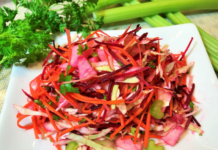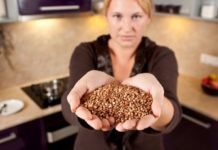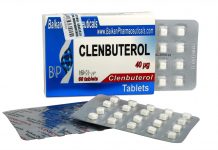More and more people are overweight, all the fault is the use of refined and purified food, as well as a decrease in physical activity. Modern nutritionists recommend using fiber for weight loss, as a simple and quick way to reduce body weight. Moreover, regular use of the product can not only reduce weight, but also improve the body as a whole.
Material Content:
Fiber for weight loss - useful properties
What is fiber good for? The main property of the product is the cleansing of the body. Due to the high content of dietary fiber that is not absorbed, or partially absorbed in the intestine, fiber forms a lump that moves throughout the gastrointestinal tract and cleans its walls. And getting into the large intestine, fiber becomes a nutrient substrate for the development and reproduction of beneficial bacteria.
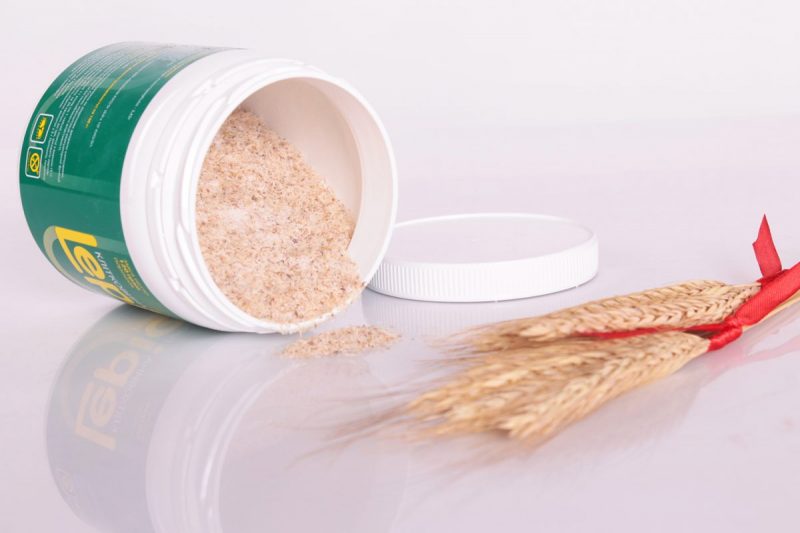
In addition to cleansing, fiber has a number of useful properties, it:
- normalizes intestinal microflora;
- reduces appetite due to swelling and filling of part of the stomach;
- contributes to weight loss;
- normalizes the digestive tract, relieves constipation;
- absorbs toxins and slags;
- cleanses the intestines;
- helps to speed up metabolism;
- lowers blood sugar and cholesterol.
Regular use of this substance will reduce body fat and get rid of extra pounds without harm to health.
Types of fiber
The pharmacological and food industry produces many types of fiber.On the market, it is presented in the form of various biologically active food additives, which can be found not only in the pharmacy, but also in supermarkets on the shelves with diet food. Fiber is available in the form of powder, granules, tablets. Each species has its own beneficial properties and features.
Siberian fiber
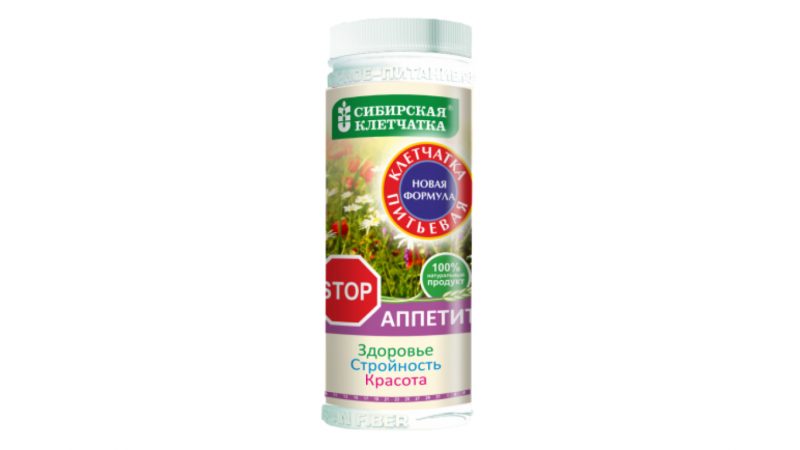
Siberian fiber is a biologically active food supplement with a natural composition. It does not contain any flavor enhancers, sweeteners, colorants, preservatives or flavorings. Mainly consists of dried pieces of berries and fruits, herbs, nuts and bran, as well as cereal shells. Depending on the manufacturer and type of fiber, the composition of the product may vary. Some are distinguished by a larger variety of herbs, such products are used to cleanse the body, others added a variety of fruits for greater fortification.
Oat bran

Fiber from oat bran consists of coarse upper layers of grain and germ, which contain up to 90% of all active substances of grain. Such fiber helps to cleanse the liver, has a detox effect, reduces blood cholesterol, improves the cardiovascular system. Also used for weight loss. Due to slow absorption, the product reduces hunger, and also normalizes the functioning of the intestine.
Large fiber for weight loss
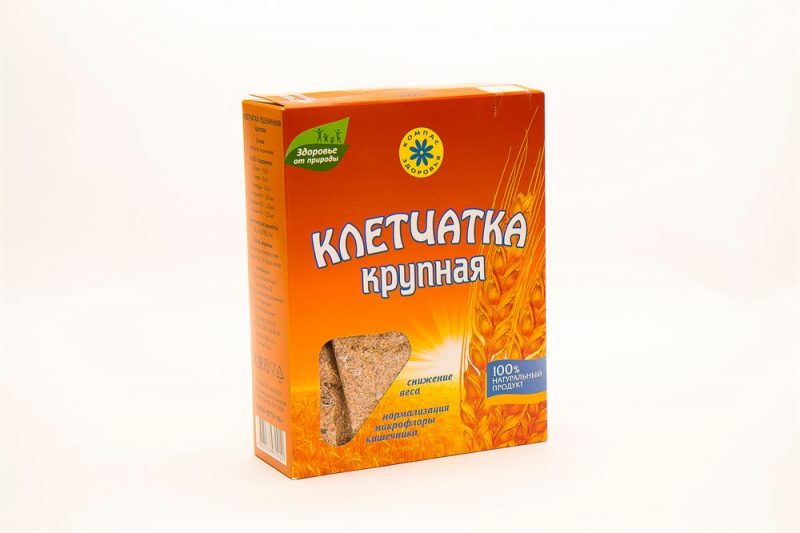
The peculiarity of large fiber is that having a large size and reaching the intestines, the fibers better bind and remove toxins and toxins. In addition, the product enhances blood flow in the pelvic organs, making them better supplied with oxygen. Fiber absorbs excess water, binds and removes cholesterol, helps to reduce weight.
Wheat
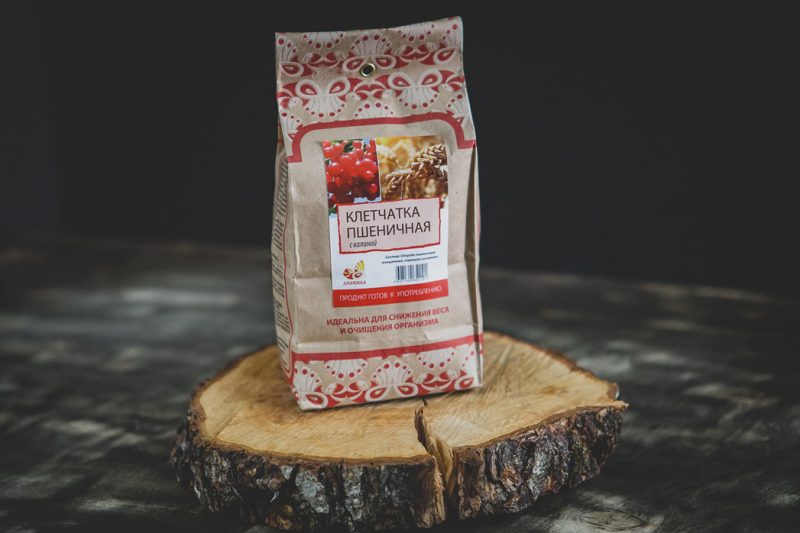
Wheat fiber consists of wheat bran. Some manufacturers add various herbal supplements. Coarse, coarse grinding provides good bowel cleansing.
Flax Fiber
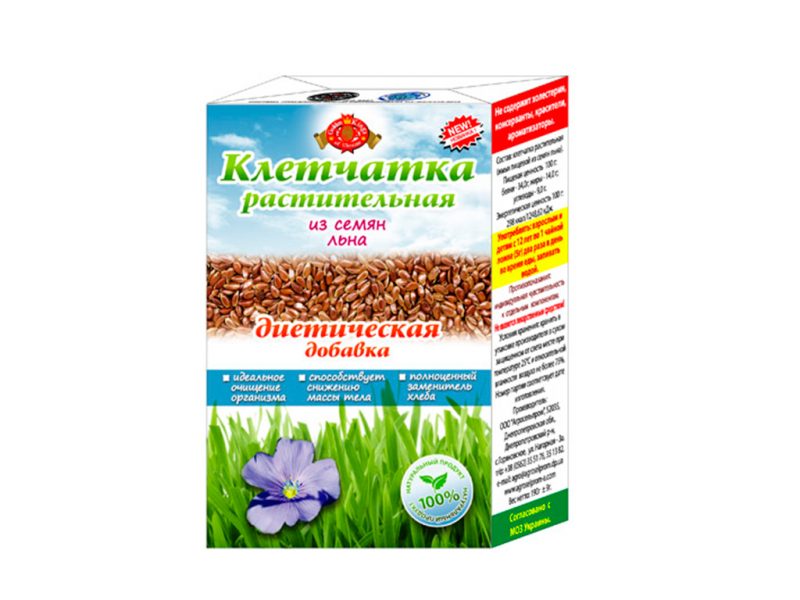
Fiber from flax seeds is enriched with vitamins (including group B), amino acids, and other beneficial substances. The composition supports the beneficial microflora in the intestines, and has a cleansing effect.
From milk thistle seeds
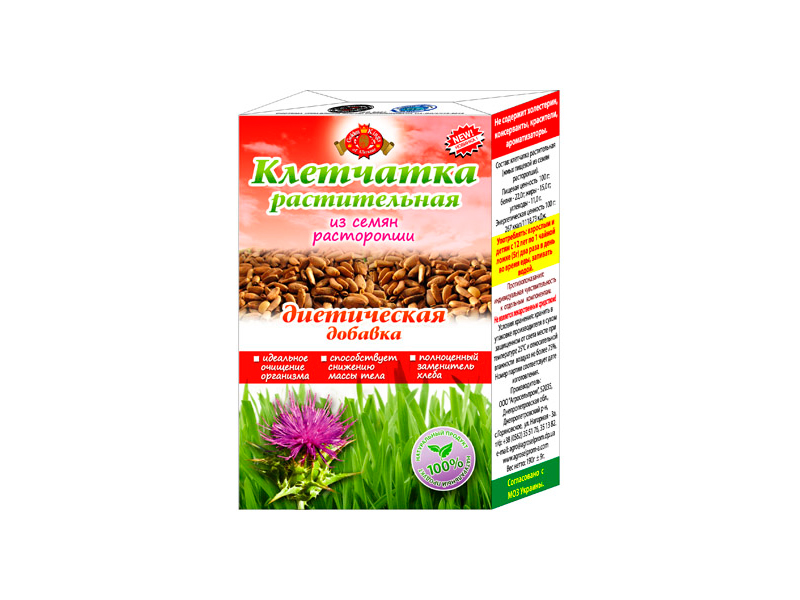
In addition to weight loss, fiber from milk thistle seeds is used to cleanse the liver, increase immunity, and has an antioxidant effect. In addition to dietary fiber, its composition includes such macro- and microelements as selenium, calcium, copper, iron, zinc and others.
Fiber Evalar tablets

Fiber Evalar or microcrystalline cellulose is a completely insoluble substance. Unlike other types of dietary fiber, it is made on the basis of cotton, and is sold in the pharmacy network. This form of release is designed specifically for people who decide to lose weight, fiber is balanced in fiber content and has a specific intake.
How to choose the right product for weight loss
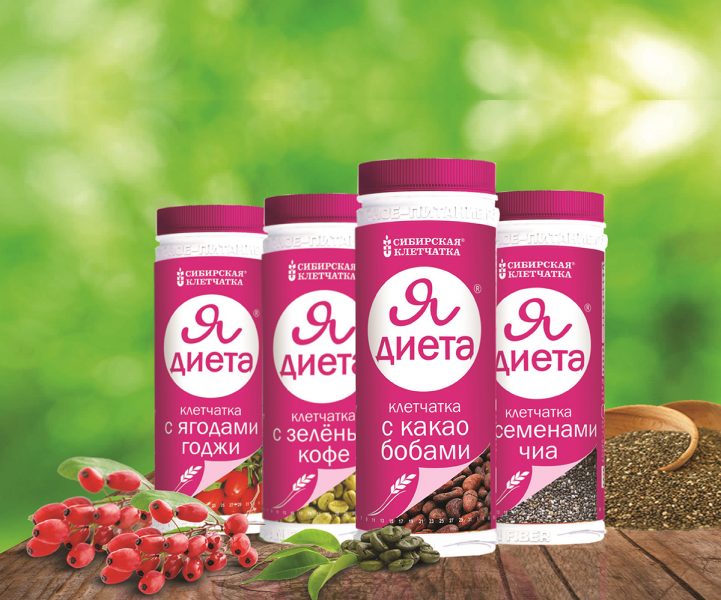
There are two main varieties of fiber:
- Insoluble fiber. It includes hemicellulose, cellulose and lignin. Once in the body, these substances form a lump, which, passing through the digestive tract, performs a cleansing function.
- Soluble fiber. It includes pectin, gums, inulin, resins and mucus. Such substances, getting into the body, are absorbed into the blood, contribute to lowering sugar and cholesterol.
In order to make a choice between the different types of this product, first you need to understand what goals are planned to be achieved with its use. If the purpose of use is to reduce hunger, and due to this weight loss, you should pay attention to the soluble form of dietary fiber. If the plans to cleanse the body of toxins and toxins, normalize stool, then you should choose insoluble fiber.
How to take
Many people ask how to take the product correctly. The rules for taking fiber are quite simple: the daily dose (25 mg) is divided into 3-4 doses. First, take 1 tsp. during the day.Then, when the body gets used to it, the volume is increased, and 1 tbsp is already taken. l The product is suitable for consumption, both in pure form and as an additive that is added to various dishes, or used in cooking. When used in its pure form, fiber should be washed down with plenty of water, and carefully monitor the amount of fluid consumed during the day.
To reduce appetite, fiber should be taken half an hour before meals. When losing weight, it is recommended to use the product with low-fat kefir or yogurt. Dinner should be replaced with such a drink, it will quench hunger, and will allow you to do without late snacks.
Sparing and strict diet

The principle of a sparing diet is simple, to reduce weight, you should limit and possibly eliminate “harmful” food and alcohol, you should abandon fried, flour, sweet, salty. Food should be cooked sparingly, boiled, baked, or stewed. It is necessary to introduce as much fiber-containing foods as possible into your daily diet, and consume more raw vegetables and fruits. The approximate weight of vegetables and fruits eaten per day should be about 1 kg, for example, you can eat: 2 medium apples, 1 banana, for dinner instead of a side dish - a salad of fresh vegetables or a vegetable smoothie. This diet does not have an established duration, however, after a month, the first results will be noticeable.
A strict diet is that during the day 4 main meals are replaced by the use of a mixture of 1 cup of kefir and 2 teaspoons of dry fiber. 30 minutes before a meal, add fiber to kefir and let it brew for fiber swelling. Between meals the mixture is allowed to eat raw vegetables and fruits, their amount at one time should not exceed 200 g. The duration of a strict diet is 2 weeks.
Fasting day
A lightweight version of a strict diet is a fasting day, which is arranged once a week. For its implementation, you will need one liter of kefir. Replace 4 main meals with a glass of yogurt 250 ml with fiber dissolved in it in an amount of 2 tsp. In between meals, you can eat fruit or a raw vegetable.
Fiber Rich Products List
For a healthy diet, you need to include as many fiber-containing foods as possible in your daily diet. The daily dose of this substance is 40 g - for men under the age of 50 years, and 25 g for women of the same age category. With age, the need for this substance decreases and amounts to 30 and 20 g, respectively.
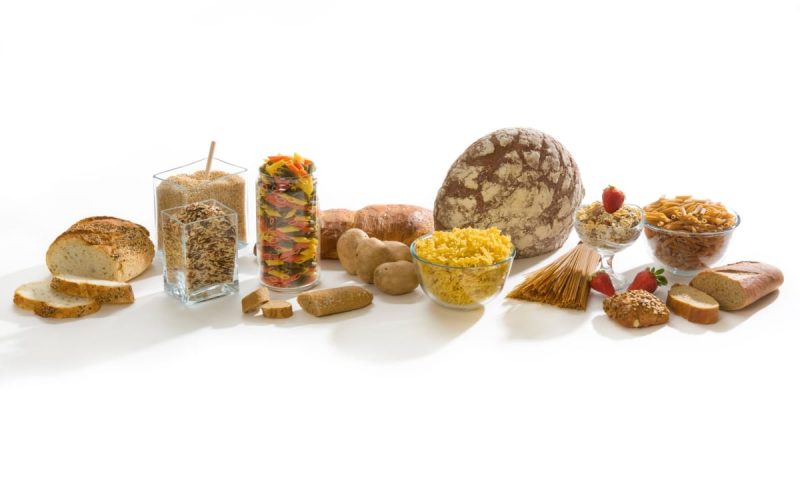
List of fiber-rich foods (per 100 g):
- Wheat bran - champion in fiber. They contain about 44 g of substance.
- Cocoa powder contains 35.3 g.
- Dried porcini mushrooms - 26.2 g.
- Figs and dried apricots contain 18.2 and 18 g, respectively.
- Rye grains - 16.4 g.
- Oat bran - 15.4 g.
- Grains of barley and buckwheat - 14.5 and 14 g, respectively.
- Soybean Grain - 13.5 g.
- Rye flour - 13.5 g.
- Buckwheat passed - 12.5 g.
If we consider the foods most often consumed in food, then their fiber content is lower.
- Among legumes and cereals, the highest substances are: peeled peas - 10.7 g, buckwheat - 11.3 g, mash - 11.1 g.
- The leaders in fiber content among nuts are: pistachios - 10.6 g, peanuts - 8.1 g, almonds - 7 g.
- In addition to figs and dried apricots, a high level of the substance contains: rosehip - 10.8 g, raisins - 9.6 g, prunes - 9 g, avocado - 6.7 g.
- The leaders among vegetables and greens are: Jerusalem artichoke - 4.5 g, Brussels sprouts - 4.2 g, onions, celery root and rhubarb - 3.2-3 g, dill - 2.8 g.
Thus, gaining the required daily dose of fiber with the help of certain food products is problematic.
Contraindications

Like all therapeutic substances, fiber has a number of contraindications. It should not be taken by persons suffering from peptic ulcer of the stomach or duodenum, as well as patients with colitis.For other people, fiber is safe, but do not exceed the recommended dosage and disrupt the drinking regimen, otherwise conditions such as constipation, bloating, colic, and nausea can be provoked.


